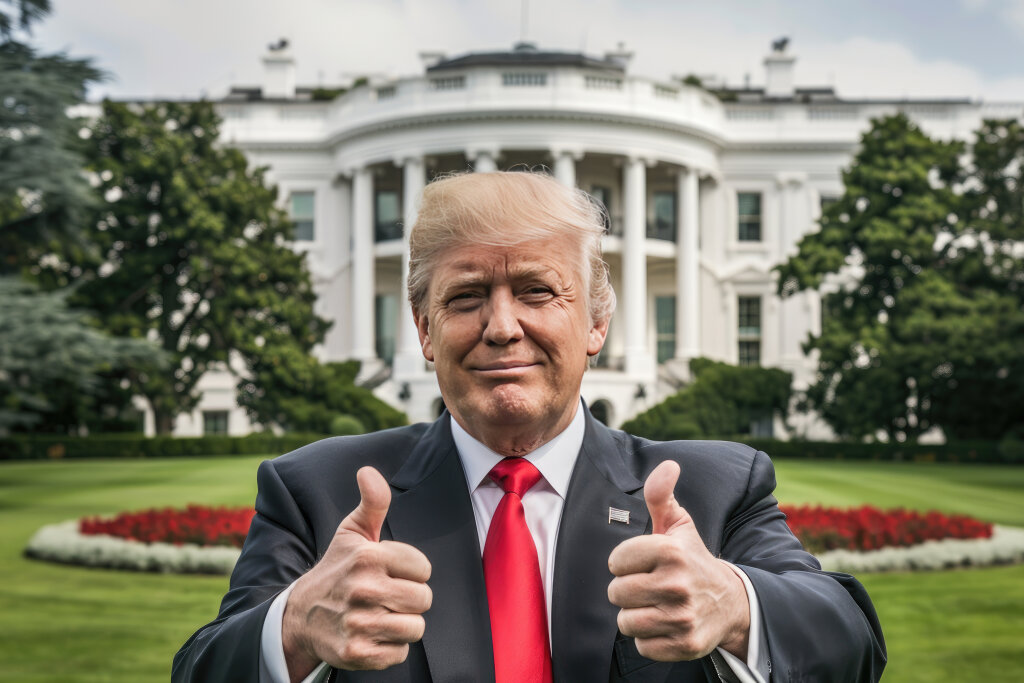
President Donald Trump on Wednesday asked the U.S. Supreme Court to intervene in his administration’s fight to preserve emergency tariffs, a key piece of his economic agenda. The appeal seeks to overturn a lower court ruling that said Trump exceeded his authority when imposing sweeping import taxes.
In remarks at the Oval Office, Trump framed the tariffs as vital for America’s financial health.
“The stock market needs the tariffs, they want the tariffs,” he said Tuesday, warning that an unfavorable ruling would mean “devastation for our country.”
The case touches on fundamental constitutional questions about presidential power, particularly whether a president can impose tariffs without explicit approval from Congress. Critics point out that the last comparable move was made under Richard Nixon, after which Congress limited the executive branch’s tariff authority.
Lower Court Rulings
Last week, the U.S. Court of Appeals for the D.C. Circuit ruled that Trump overstepped by using the International Emergency Economic Powers Act (IEEPA) to levy tariffs, noting that taxation and tariffs fall under congressional authority. Both a federal court in New York and the Federal Circuit upheld similar rulings but allowed the tariffs to remain in place temporarily while litigation continues.
At the center of the dispute are Trump’s “Liberation Day” tariffs and newer tariffs against China, Mexico, and Canada intended to combat fentanyl trafficking. Plaintiffs include small businesses, a wine importer, and a dozen states.
The Trump administration is pushing for a fast-track review, asking the justices to decide whether to hear the case by September 10 and to schedule arguments for early November. Plaintiffs have agreed to the expedited timeline.
If the appeal fails, importers could be owed refunds on billions in tariffs, and several recent trade deals negotiated by Trump could unravel. The administration argues that blocking these tariffs would “unilaterally disarm the United States” and leave the economy vulnerable to foreign retaliation.
Other Tariff Tools
Even if the IEEPA tariffs are struck down, Trump retains other tariff levers. He has used Section 232 of the Trade Expansion Act of 1962 to impose sector-specific tariffs on national security grounds, such as the recent 50% duty on steel and aluminum derivatives. These authorities are narrower, requiring investigations before tariffs can be imposed, but they remain legally viable.
This isn’t the first time Trump’s tariff powers have reached the Supreme Court. A similar appeal by toy companies is already pending. The justices may also weigh the case under the “major questions doctrine,” a legal theory conservatives have often used to limit executive authority.
At issue is whether the emergency powers law allows the president to impose tariffs. The appeals court ruled it does not: “None of these actions explicitly include the power to impose tariffs, duties, or the like, or the power to tax.”
Author’s Opinion
Trump has long used tariffs as both an economic tool and a political symbol, but relying so heavily on emergency powers is risky. If the Supreme Court rules against him, it won’t just weaken his trade leverage — it could also erode the sweeping executive authority he’s built his agenda on. While tariffs may deliver short-term negotiating wins, locking America’s economic strategy into legal battles risks leaving businesses and consumers stuck with the uncertainty. Stability, not constant brinkmanship, is what markets ultimately want.
Featured image credit: Tim Reckmann via CCNull
For more stories like it, click the +Follow button at the top of this page to follow us.
